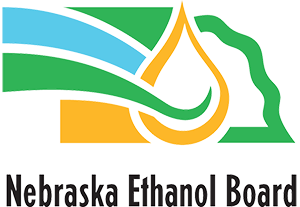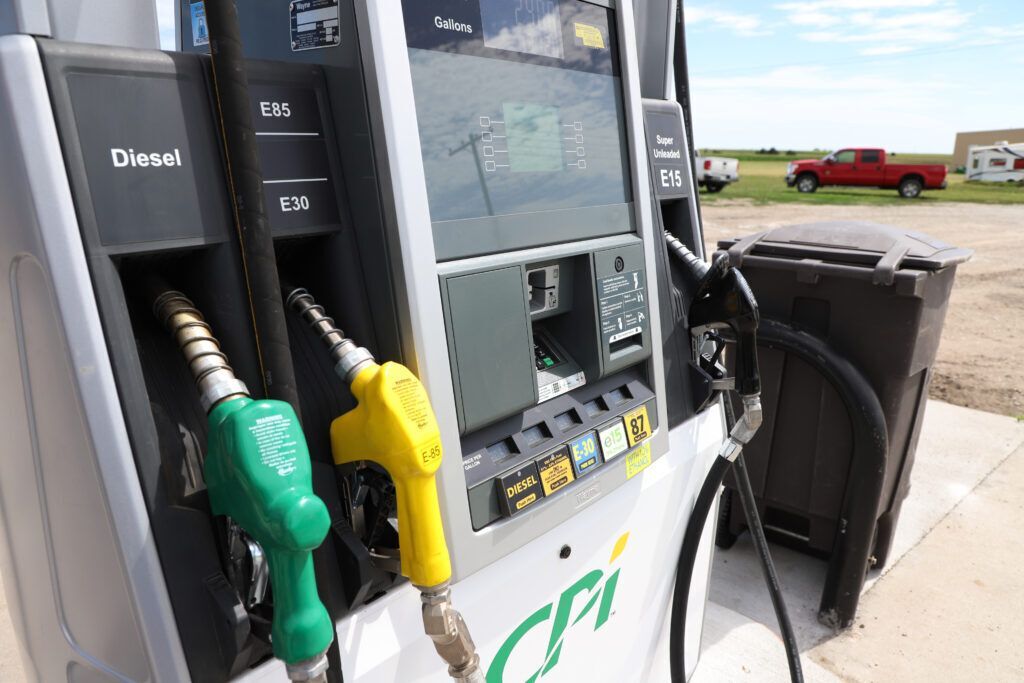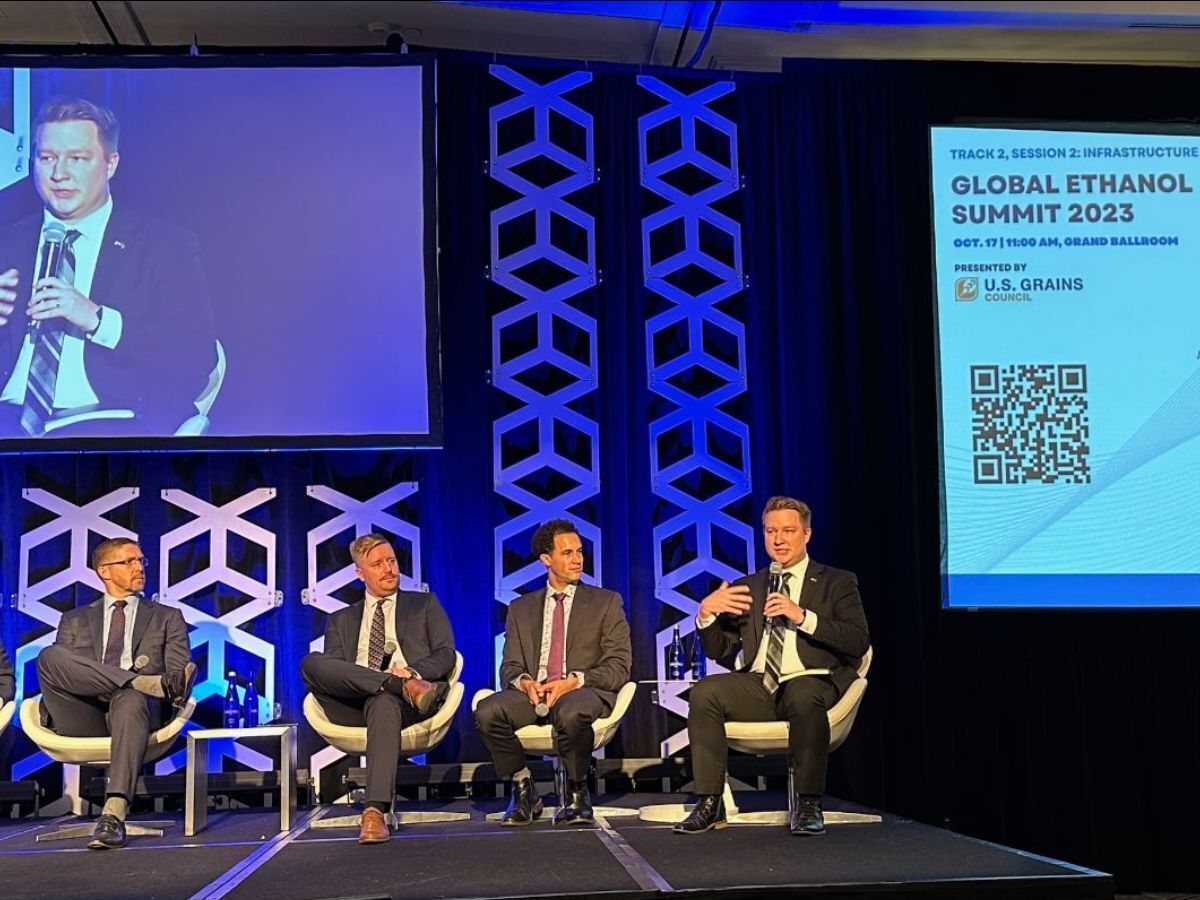Phase II Interim Report July 2025
The interim report is available here and the press release is available here.
In July 2025 the Phase II interim report was published. The report serves as a halfway point marker of the demonstration and contains results drawn from the first year's worth of data. The interim report gives further evidence of the conclusions from Phase I: E30 is safe and effective for non-flex fuel vehicles, and E30 is economically viable for broader consumption. These preliminary results are very encouraging, and generate momentum for the remainder of the project. A final report is expected in late 2026.
Key results from the report:
- LTFT distributions shift upward and widen under E30 while STFT and downstream O2 sensor behavior remain stable, collectively indicating that modern engine control unit (ECU) strategies effectively manage E30 fueling through long-term adaptation without compromising real-time fuel control or emissions after-treatment
- For vehicles 2020 – 2024, the average fuel economy for vehicles operating on E30 was 20.75 miles per gallon (MPG), compared to 22.03 MPG for vehicles on E10, a reduction in fuel economy of only 5.8% for E30, which is more than offset by E30’s 16.3% price advantage
- For vehicles 2003 – 2019, the average fuel economy for vehicles operating on E30 was 17.08 MPG, compared to 15.81 MPG for vehicles on E10, an E30 mileage advantage of 7.5%
- The average price of E30 in Nebraska was $2.70 per gallon, while E10 averaged $3.22 per gallon, resulting in a 16.28% price advantage for E30
- No vehicles in either group exhibited coolant temperatures exceeding critical thresholds, indicating that E30 is thermally compatible with modern engine cooling architecture and does not induce abnormal heating or cooling behavior
- The increased CT observed with E30 enhances catalyst performance without inducing thermal overstress
- Although the E30-fueled vehicles exhibited higher throttle angle values, all readings remained within safe operational margins, indicating that drivability and engine responsiveness were not compromised
- Long-term durability testing of E30-fueled vehicles confirmed that the increased throttle activity did not accelerate actuator wear or induce throttle-body fouling, reaffirming the mechanical robustness of current systems under mid-level ethanol operation
Project Overview
In late 2022 the U.S. Environmental Protection Agency (EPA) approved the continuation of ground-breaking research being done in Nebraska on the long-term adaptability and feasibility of E30 fuel—a blend of 30% ethanol and 70% gasoline—by using E30 in non-flex fuel state fleet vehicles. Under current EPA guidelines, only flex fuel vehicles (FFVs) can use ethanol blends higher than E15. This marked the beginning of Phase II of the Nebraska Ethanol Board's E30 Demonstration.
Phase I occurred in 2019. Fifty State of Nebraska non-flex fuel vehicles operating on E30 fuel were outfitted with onboard tracking systems to capture data on vehicle performance. Those vehicles were monitored for an entire year while data was regularly submitted to researchers at the University of Nebraska-Lincoln (UNL) for analysis. Results showed that E30 is safe and reliable fuel for use in conventional vehicles. This peer-reviewed research was the first scientific demonstration of its kind and was published in the academic journal Fuel. A summary report is available here, and the press release from then-Gov. Ricketts announcing the results is available here.
Phase II, which is ongoing, marks a large-scale expansion of Phase I, with more than 800 State of Nebraska fleet vehicles, and intends to underscore the initial findings in order to support regulatory change to make E30 accessible to all drivers. While further demonstrating the safety and reliability of E30, the state is also significantly reducing its fuel costs and adding value to Nebraska ethanol and agriculture producers through the program. The NEB plans to work with industry partners and the EPA to continue Phase II of the E30 demonstration for at least two years.
Providing greater access to higher blends of ethanol allows consumers to manage fluctuating gas prices and contributes to our environmental health. One of the key findings from the first phase of the E30 demonstration is the positive impact of allowing statewide E30 consumption. If only 10% of the 1.7 million registered non FFVS in Nebraska used E30 instead of E10, ethanol consumption would increase by 18.5 million gallons per year and carbon emissions would decrease by 64,000 tons per year.
Phase II Progress Update as of February 2025
- 520,000 gallons of E30 have been purchased by the State of Nebraska Transportation Services Bureau and Department of Transportation for use in the state fleet of vehicles.
- Nearly 100,000 more gallons of ethanol have been blended into the state fleet fuel supply than otherwise would have been.
- The demonstration has added more than $340,000 in value to Nebraska ethanol producers through the higher volume of ethanol consumption.
- The demonstration has saved the State of Nebraska over $260,000 in fuel costs thanks to a steady and significant price spread from fuel retailers between E10 and E30—more than 43 cents per gallon on average.


